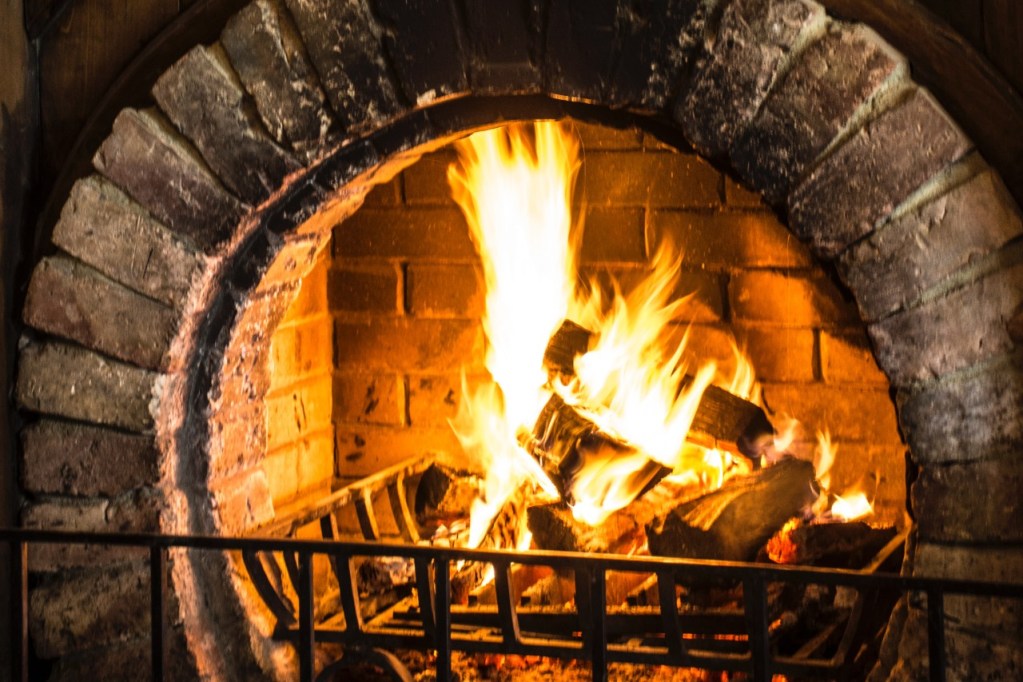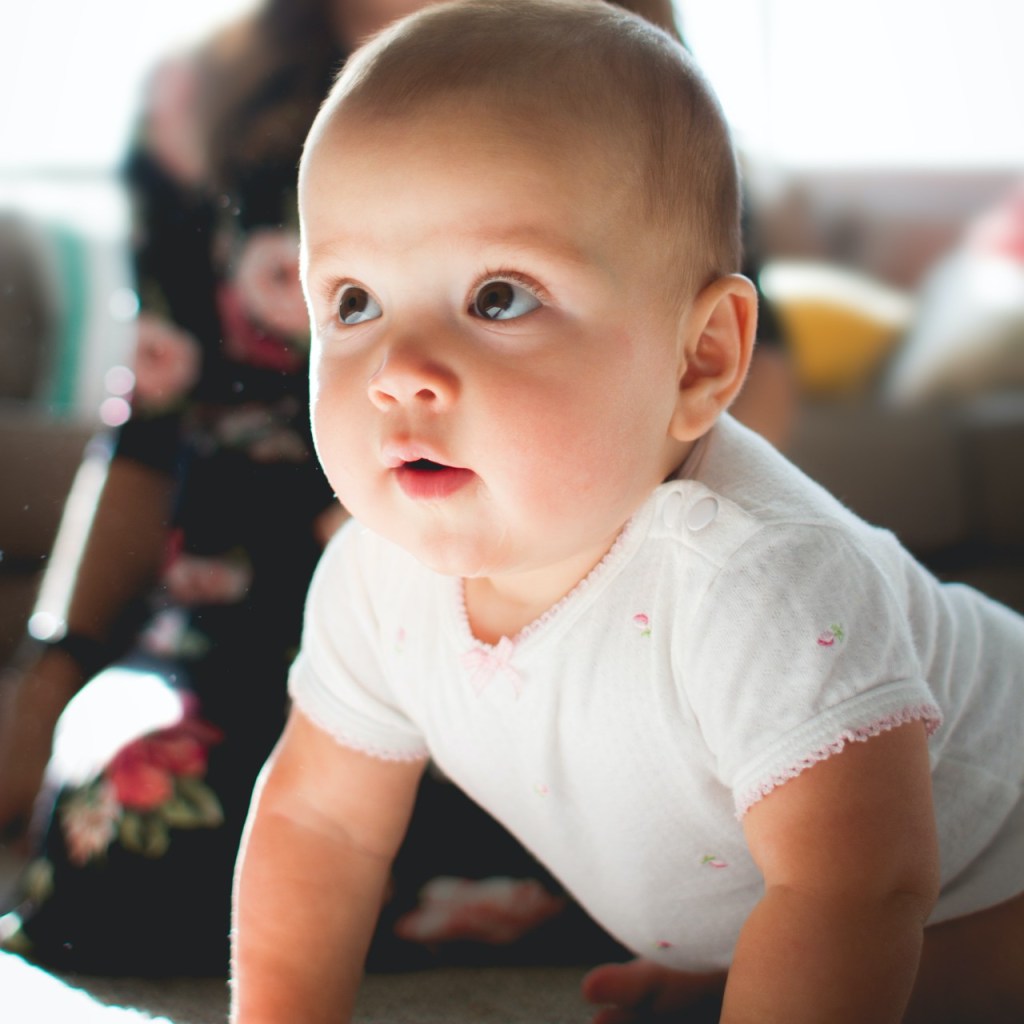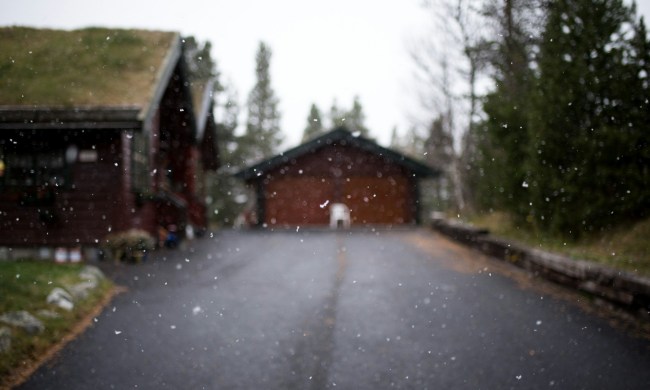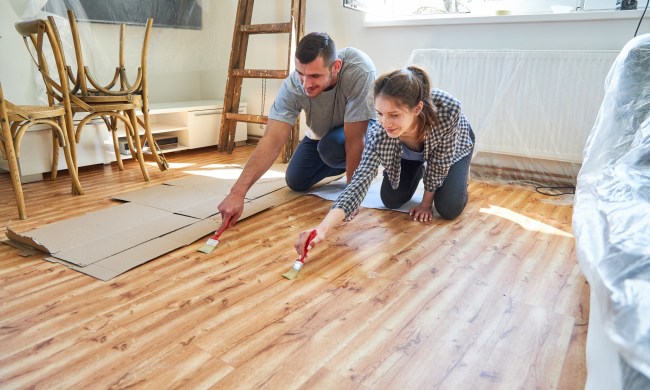Before your baby started crawling, the fireplace was one of the coziest features of your home. But now that your little one is mobile, it’s a menacing furnace that screams danger. From sharp corners to scary burns, there are many reasons why baby-proofing the fireplace is a must. If you love the idea of cuddling with your little one to read a book by the fire, our easy tips show you how to make the fireplace safe so you can enjoy those special moments. Prevent potential accidents for your curious tot and get good use of the coziest area of your home with these simple solutions to ensure a babyproof fireplace.

Gate it up
If you have a crawling infant or walking toddler and want to use your fireplace on a regular basis, a safety gate is the way to go. With the right gate and proper placement, you can enjoy peace of mind and keep your baby as safe as possible. For maximum safety, these are the safety guidelines to follow:
- Secure your gate to the walls. Gates that attach to the walls leave no space for your toddler to sneak in. Never use a free-standing gate. These could topple over and lead to major accidents.
- Include an opening system for adults to access the fireplace area.
- Don’t step over the railing into the fireplace. This could loosen the gate and compromise its structure.
- Use a gate to avoid hot glass burns. Glass fireplace doors can cause third-degree burns on children.
- Make sure you place the gate at the right distance, depending on your type of fireplace.
- For wood-burning fireplaces, your gate should be placed far enough away from the fireplace to keep your child away from embers and sparks.
- If you have a gas fireplace, the gate can be closer to the fire.
- Keep your fireplace tools inside the gate and out of your baby’s reach.
Use a fireplace screen
If you don’t like the look of a gate around your fireplace, consider a screen. Like a fireplace safety gate, a screen that attaches to the wall can keep your baby protected from the dangers of a fireplace. The difference is that a screen retains the warm ambiance and charming look that makes you want to snuggle by the fire, as Houzz suggests.
For baby’s safety, make sure this screen goes around the hearth and secure it to the wall on both sides of the fireplace. Double-check that the screen doesn’t absorb heat from the fire. It’s also important to consider the height of the screen and the size of your baby.
For your own convenience, choose a screen with a secure gate. Remember, adults also need easy access to light the fire or add extra wood.
If you have a stepped hearth
Fireplaces with a stepped hearth need a little more baby-proofing because their sharp and rough edges can injure a new walker. The solution? With simple edge and corner guards, you can keep your little one safe and avoid painful bumps. Just be sure to buy a sturdy kit that stays in place and that your child won’t be able to rip off.
Lock it up
Even if you don’t light the fireplace, it’s best to keep your child out of that area. The idea of a baby full of soot is enough to make many parents want to add a door lock to their fireplace. This solution also keeps little fingers safe from pinching or heads from getting bumped.
Avoid the fire and get creative
Many new parents with fireplaces at home choose to avoid the fire altogether. This is definitely the safest way to prevent burns. Plus, it allows you to get creative with the fireplace area. Here are some ideas for you:
- Turn your hearth into a bench, says parenting site, What To Expect. It adds extra seating and looks cute.
- Block access to the unused fireplace with toys. This creates a play area for your little one and no one will ever know you have a fireplace back there.
- Use interlocking floor mats to cushion your stepped hearth and keep your baby safe.

Remember the dangers of carbon monoxide
Burns and sharp edges are not the only dangers of fireplaces. Burning wood, coal, or gas releases carbon monoxide that could be harmful to your child. Symptoms of carbon monoxide poisoning include headache, nausea, drowsiness, confusion, chest pain, or loss of consciousness.
To avoid these problems, get your fireplace professionally inspected and install carbon monoxide detectors in your home. These are in addition to your smoke alarms.
Having a baby at home doesn’t mean you have to hide an unused fireplace altogether or move to a new house. Simply take the proper precautions to babyproof your fireplace. It’s essential to keep an eye out for your baby every time you use the fireplace, so you can enjoy peace of mind by the warm glow of the fire.



